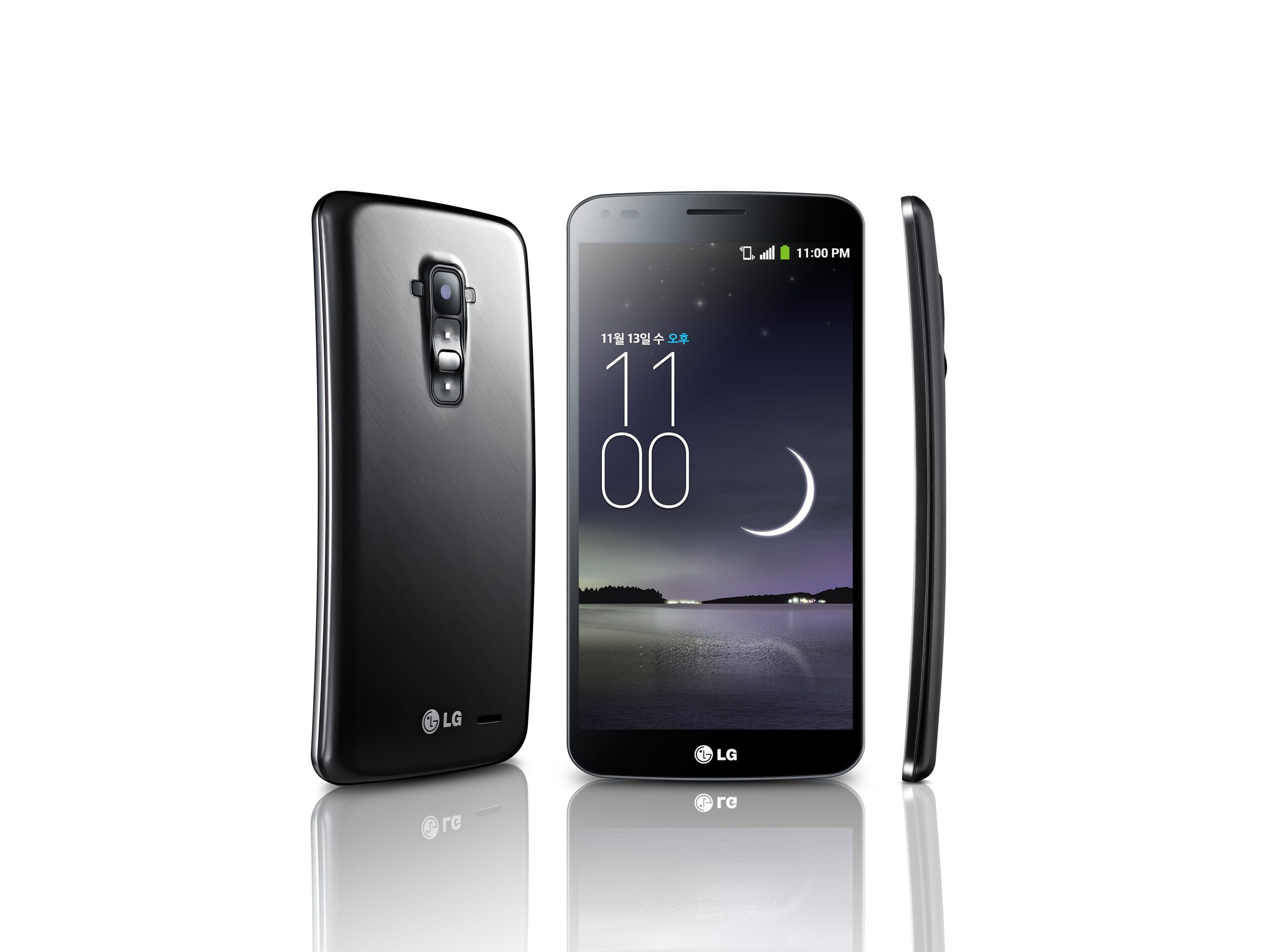LG’s Curved Smartphone Hitting Shelves

When LG announced that it would be releasing a curved smartphone, reactions among techies ranged from “Hey, that’s pretty neat” to “Yeah, so what?” The idea of a phone with a slight curve to it is neat, but is it that big a deal? It might not be the most exciting new development in the smartphone field right now (the LG’s own self-healing casing is much more newsworthy), but important developments aren’t always exciting. Nobody drooled over airbags and anti-lock brakes, but they revolutionized vehicular safety all the same.
With the phone now hitting the shelves, we’ll actually be able to find out whether or not consumers are going to respond warmly to a phone that is…
Our bodies are built with rounded corners and weird angles and rarely weigh less than a hundred pounds. Keeping a perfectly flat, rectangular piece of plastic, metal and glass in your pocket at all times seems like bad news for that little piece of plastic, metal and glass, when you consider it. A curved phone fits a little better against your hip and is therefore a little harder to break when you sit on it. It may not be as exciting as a phone that can wipe its memory clean when it’s stolen, but it’s a nice design feature all the same.
A curved phone means that you don’t have to stretch your thumb out of joint when you want to do a little one-handed scrolling. That the phone leans down to meet your thumb, again, might not seem like a big deal, but once you feel it in action, you might have a hard time going back to a flat screen.
The phone is combined with a super-slim design, with the external buttons being placed on the back, rather than on the side, to allow for an even skinnier build.
The advantages of a curved phone aren’t the most exciting, but they do make a lot of sense, when you stop to think about it: why are our smartphones flat? Sure, they’re probably easier to produce and ship when you can stack a dozen of them in a box like vanilla wafers, but look at video game controllers, for example. The first real joy pad, the Nintendo Entertainment System controller, had a D-pad and two action buttons on a flat, rectangular board of plastic.
It worked, but it wasn’t very comfortable, and the very next model, the Super Nintendo, used a rounded-off shape with circles on either end of a soft-cornered rectangle, while the competing Sega Genesis featured a smooth, comfy lung-shaped design for its controller. It took the video game controller two tries to get it right, so why is the average smartphone still such an odd, unintuitive shape?
Whether or not the new LG phone actually makes a big splash in the smartphone market, it’s probably a safe bet that it will inspire the other brands to start exploring different shapes for their phones. We might even see a line of phones that can be bent and twisted into whatever shapes the user finds most comfortable.
“It’s funny to think that cutting-edge technology can be just as hopelessly mired in tradition as any other field.” said expert and entrepreneur Jason Hope “Whether you’re talking about the way smartphones are built or the way we release products, too frequently we hear outdated concepts being defended as simply ‘the way things are done.'”
The G Flex may or may not revolutionize the way we design and build smartphones. More likely it will simply be regarded as a nudge in the right direction, a reminder to Apple and Samsung that if they don’t explore more intuitive, comfortable physical design in their devices, then somebody else will. Many of the most important new developments in the smartphone field and, indeed, every other area of consumer technology, are not the most exciting.
Gamers were excited when 3D came along more so than when microprocessors became commonplace, and yet, here we are playing 2D games on microprocessor-enabled devices. Whether the curved phone becomes the next big thing or just a neat gimmick for the new LG G Flex, it may be time for Apple and Samsung to rethink the way they shape their devices.
License: Image author owned
About Author: Amy Taylor is a business and technology writer. Amy began her career as a small business owner in Phoenix, AZ. She enjoys writing about business technology trends. When she isn’t writing, she enjoys hiking with her Alaskan Malamute, Sam.
